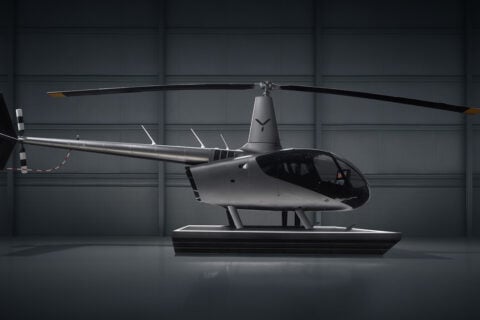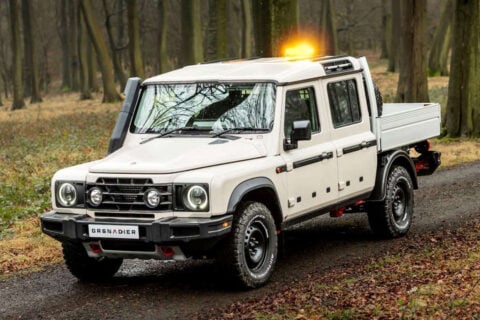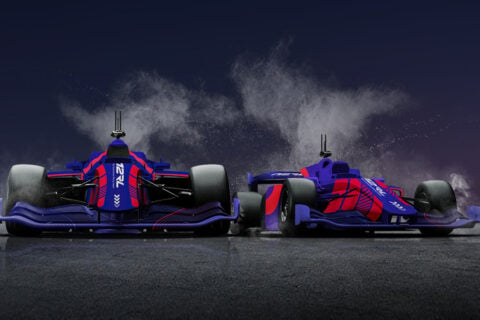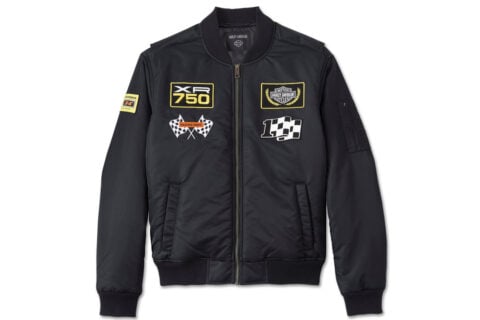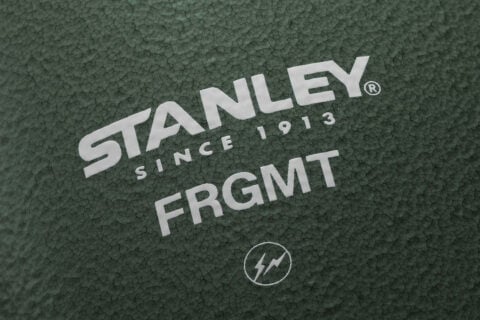The first officially-recognised seaplane took off successfully in 1910, only a few years after the Wright brothers’ first flight in 1903, so it’s safe to say that water-borne flight is nothing new. With that said, even though seaplanes were widely used during WWI and WWII, the rapid development of airplanes post-war has made rendered flying boats almost non-existent. Now Swiss company Jekta has come up with an electric amphibious aircraft that can take off and land on both water and tarmac, offering the best of both worlds, as well as a decidedly-green alternative to the market.
Jekta has named its model the ‘PHA-ZE 100’, which stands for ‘Passenger Hydro Aircraft Zero Emissions’. The amphibious aircraft is designed to fly short distances with a flight time of two hours max, but can go up to a flight altitude of 13,700 metres, while the top speed is 135 knots (250 km/h). Powered by 10 electric motors, the aircraft has an elongated wing that hosts all the motors and batteries, leaving room for a spacious cabin capable of transporting up to 19 passengers. The cabin can also be outfitted differently, with configurations such as a lounge, mixed cargo/passenger, or even an ambulance available. The batteries can be quickly changed or fully recharged in 45 minutes, and as the aircraft is also supplied with a solar powerplant and can be retrofitted with fuel cells when the technology has matured, it can potentially have a much-extended range in the near future.
PHA-ZE 100 is currently still at the design stage, but Jekta aims to build a prototype by 2026 and launch it into the market by 2028.

